The chronograph watch continues to be one of the most sought-after timepieces. Very few other wristwatches are able to showcase the complexity of horology, and the skill required to bring many intricate components together.
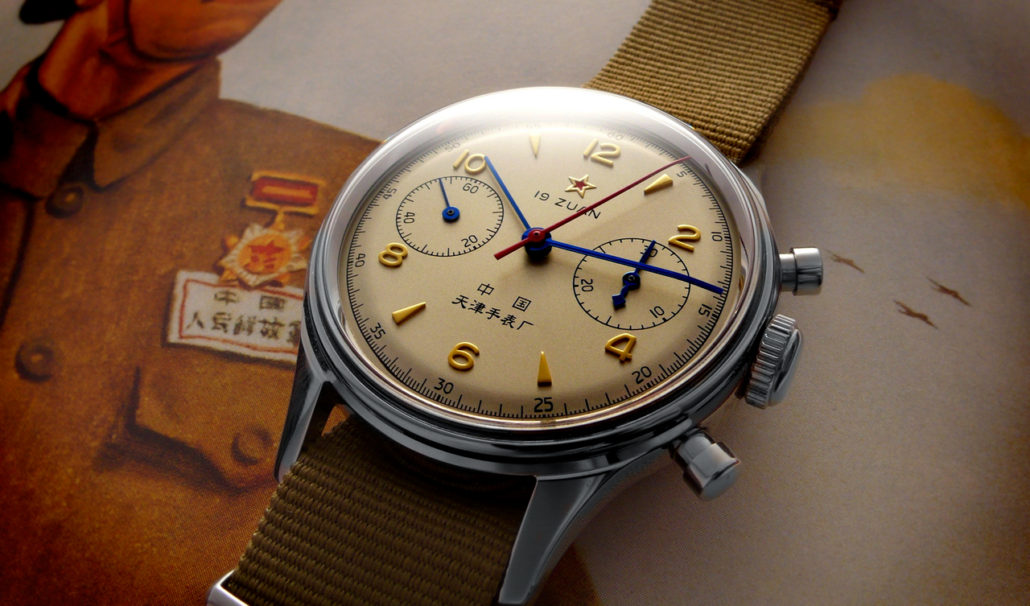
What is a Chronograph Watch? A “Time Recorder”
The Chronograph is a type of wristwatch with a specific focus on recording time in varying amounts. This is achieved through smaller time-tracking dials that sit within the overall span of the watch face. These are called sub-dials, and a chronograph will typically bear two or three with each sub-dial recording time in a particular measurement.
![Expensive Watch Breguet Chronograph 3230 [Image Credit: Monochrome Watches]](https://www.gentlemansgazette.com/wp-content/uploads/2022/06/expensive-watch-1030x579.jpg)
When activated, a chronograph acts like a stopwatch. This makes it a particularly attractive timepiece if you enjoy sporting or motoring activities, as you’re able to keep an accurate record of the time elapsed for your own purposes. What makes a chronograph so desirable is the fact that the main time-telling features aren’t disturbed once you activate the chronograph, so you can still see the same time information you’d expect to find on a regular dress watch while the chronograph “stopwatch” feature is running.
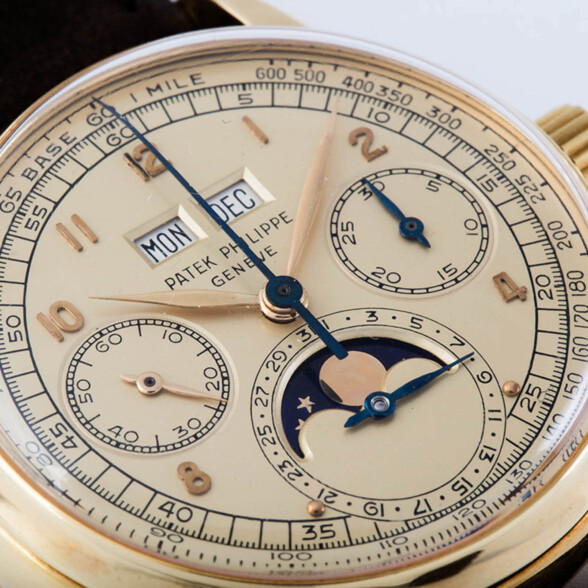
Chronograph or Chronometer?
The chronograph is not to be confused with a Chronometer, which when labeled on Swiss-made watch indicates that it is COSC-certified and has been tested and certified to meet very precise and specific standards.
Watch Terminology: Explained
History of the Chronograph
Invented in 1815, Louis Moinet created what would become the first chronograph upon its completion in 1816. Translated literally, chronograph means “Time Writer” as a union of the Greek word “Chronos” meaning time, and “graph” meaning writing. The “writing” element of the name makes complete sense, as the very first versions of the chronograph were operated by marking the dial with a small pen that was attached to the index, whereby the length of the pen mark indicated how much time had elapsed.
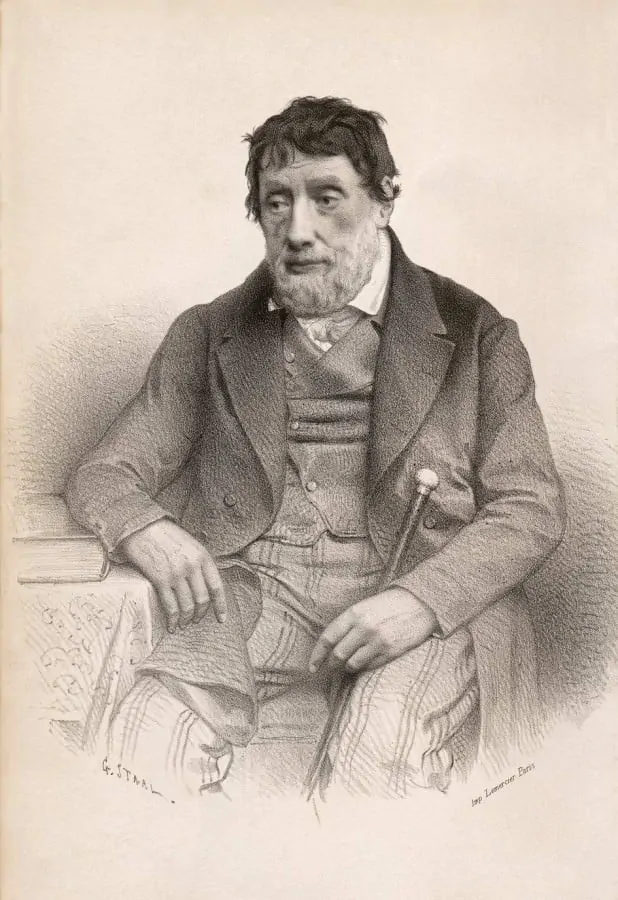
Moinet invented the chronograph solely as a tool for working with astronomical equipment. It was French watchmaker, Nicolas Mathieu Rieussec who built the first chronograph to be offered in the marketplace. Commissioned by King Louis XVIII in 1821, Rieussec had gained respect from the King as a naysayer of the previous Emperor Napoleon. On January 31, 1817, The King signed a royal warrant which stated:
“On this thirty-first day of January, eighteen hundred and seventeen, the King at Paris, having been made fully aware of the good life and moral conduct of Sieur Nicolas Mathieu Rieussec, and of the distinguished reputation he has acquired in his profession of Watchmaker, desires to confer upon him a mark of his favour and of the protection with which he honours him; for this purpose, His Majesty has granted and does grant him the title of his Watchmaker so that said Sieur Rieussec can enjoy all the honours, prerogatives and other benefits thereunto appertaining; His Majesty desires and intends that he may use said Title at all gatherings and on all public documents…”
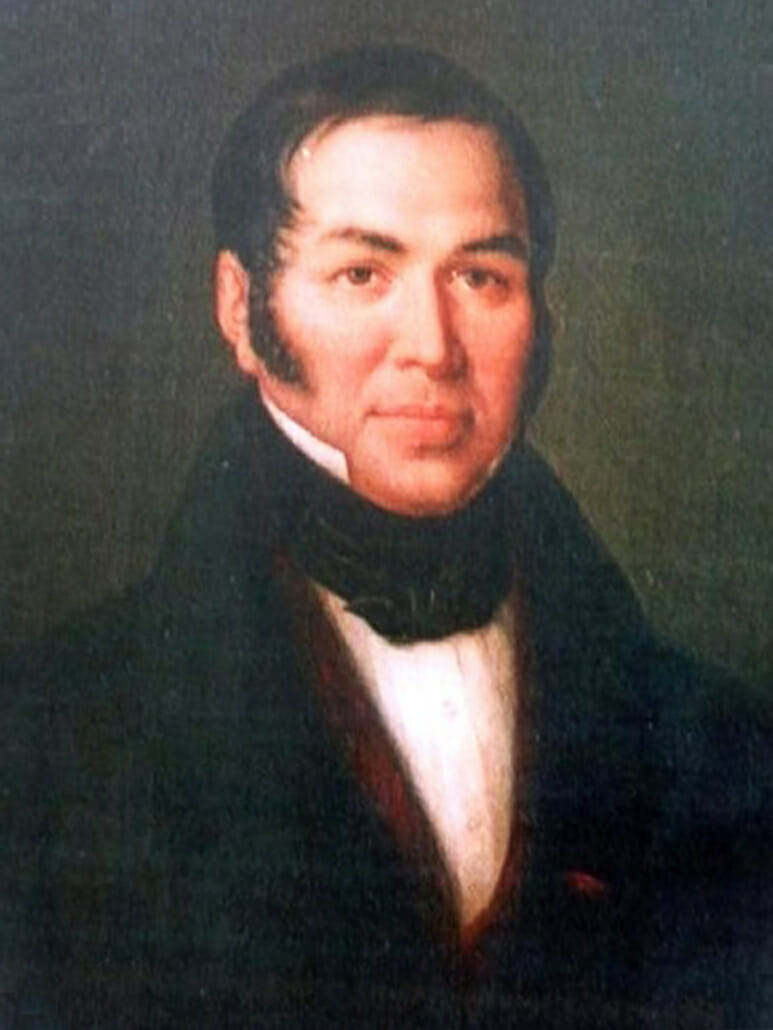
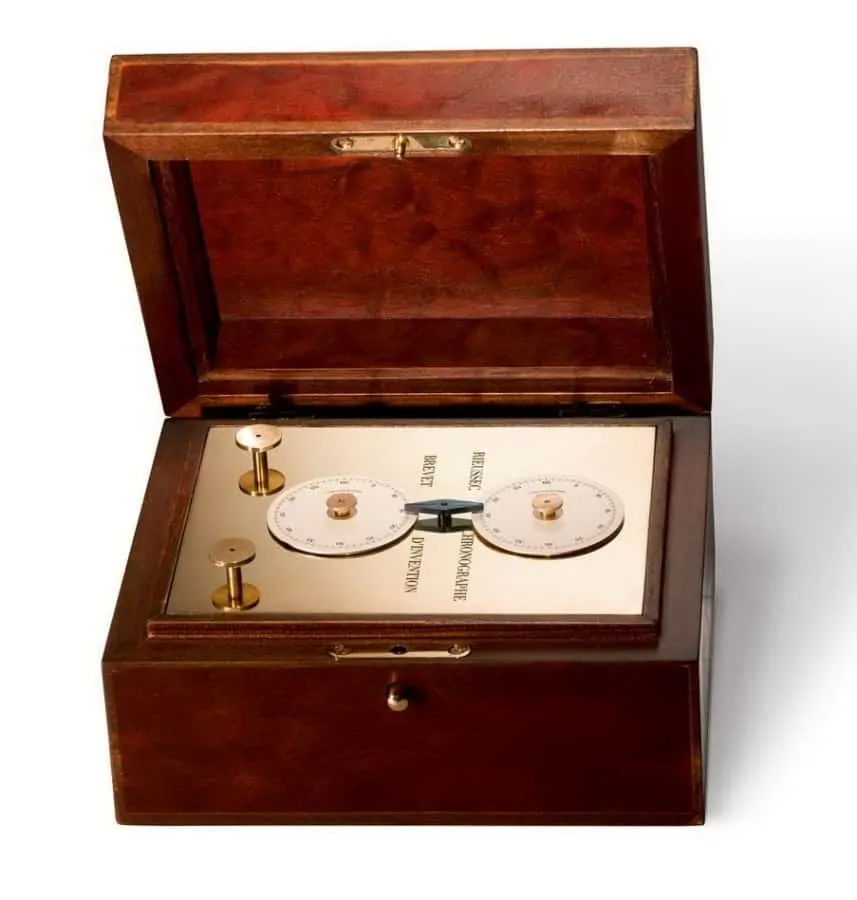
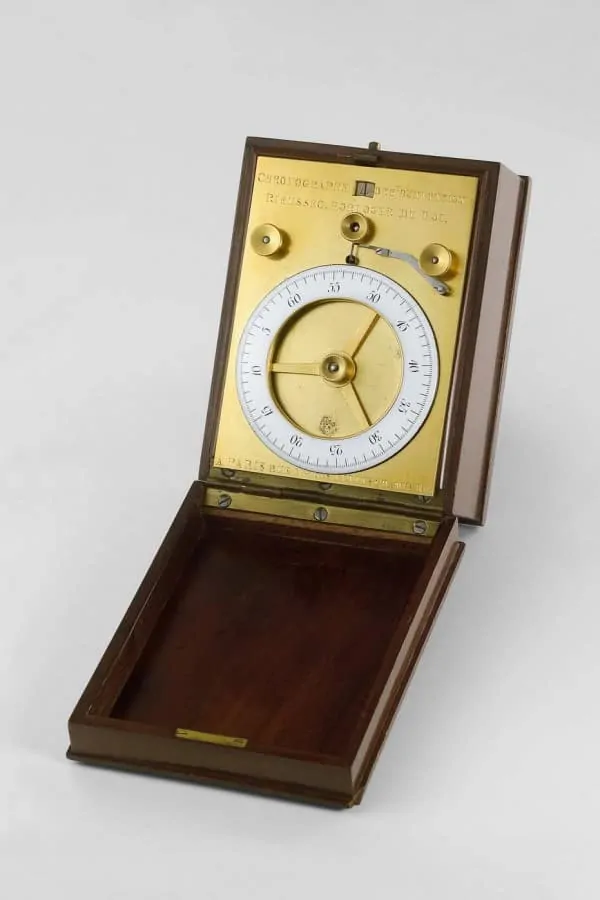
Thereafter he was known throughout France as the “Watchmaker to the King.”
Rieussec was asked to develop the complication so the King could time horse races, a favorite pastime of his. The result would change the world of sports forever. No longer were races won simply by breaking through the tape faster, for now, thanks to the chronograph, races of all types could be timed and records continually challenged and beat.
Then, in early 1844, a man by the name of Adolphe Nicole created an improved version of Rieussec’s constantly moving chronograph which used a reset feature to allow successive measurements.
The Addition of the Tachymeter
While most men would continue to carry ornately decorated pocket watches, chronographs worn on the wrist began to take the watch world by storm at the dawn of the 20th century.
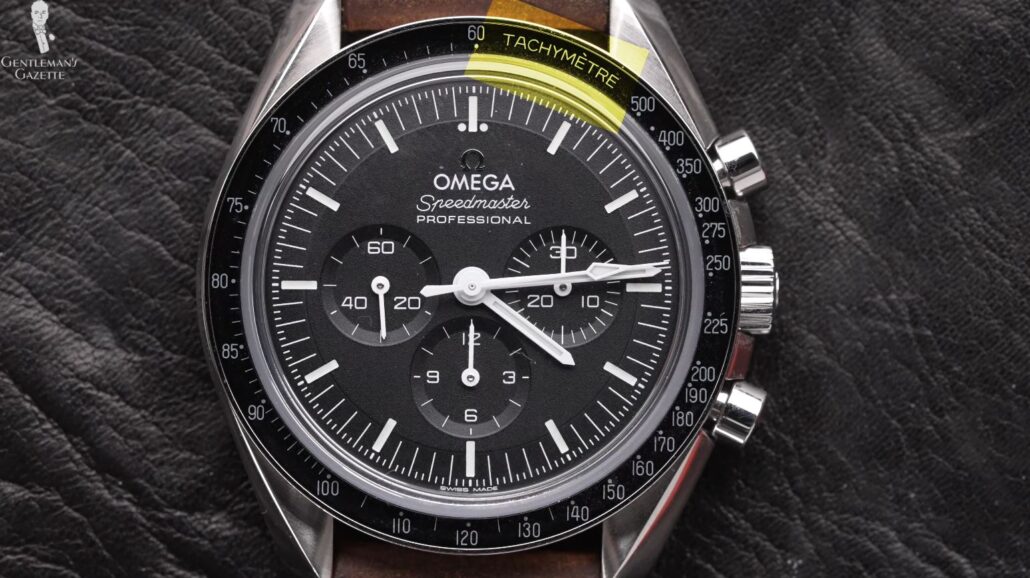
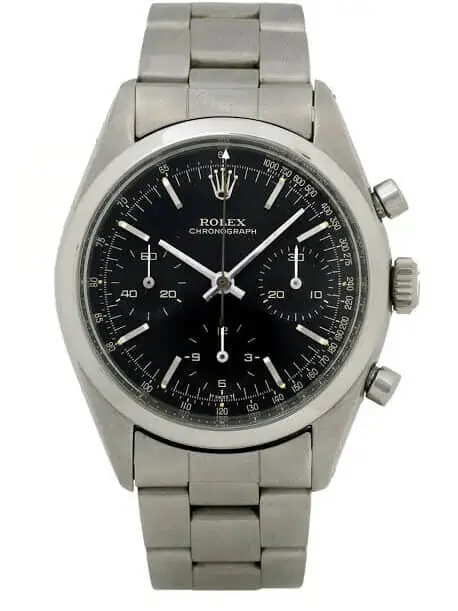
Manufacturers began selling these watches with a fixed bezel in order to be able to operate as a Tachymeter: a scale that allows you to compute a speed based on travel time or measure distance based on speed. It wasn’t until 1958 that the first rotating bezel tachymeter was introduced by Heuer (now TAG Heuer).
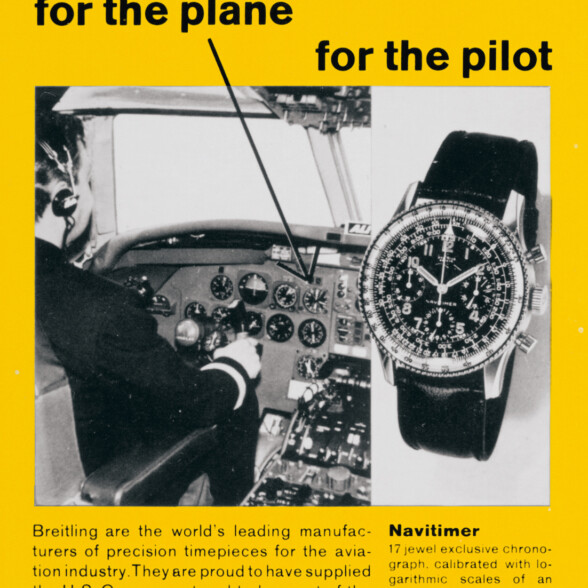
Time Flies
The demand for chronographs rose considerably in the jet age. Just as a chronograph is useful in aviation, it stands to reason that other industries requiring very precise or repeated timing could benefit from such a mechanism.
Following its use for horse racing and pilots in the air, the chronograph was now introduced to automobile racing, Olympic sport, and military use such as naval and submarine navigation.
Due to these varying demands, the watch industry began to produce different types of chronographs such as the Flyback, which allows the second hand to be rapidly reset; the Rattrapante, where multiple second hands can be stopped and started independently; and the minute and hour times, which were designed in various ways including water-proof models for deep sea diving and water sports.
The Introduction of Automatic Chronographs
1969 was a monumental year for the chronograph. Due to its high demand, watch manufacturers around the world were vying for opportunities to patent an automatic version and reserve rights for their exclusive use. That’s when Breitling, Heuer, and Hamilton decided to partner up with movement expert Dubois Depraz to develop the first-ever self-winding chronograph.
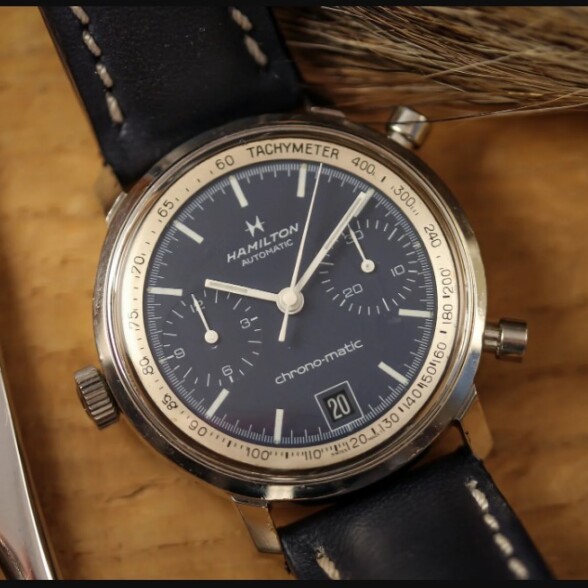
The Chrono-Matic
Developed in secret with only a handful of experts involved on a need-to-know basis, the very first automatic chronograph was unveiled in New York and Geneva on March 3, 1969. Dubbed the Chrono-matic, the Calibre 11 movement would wind itself using an off-center micro-rotor.
Zenith had somehow received word that the conglomerate was attempting such a feat and took off on its own to produce the Zenith El Primero, which used a centrally mounted full rotor capable of measuring time to one-tenth of a second. In unison with these two developments, Japanese powerhouse Seiko also released an automatic chronograph called the 6139 Auto-Chrono.
However, praise for these horological achievements was short-lived, as 1969 was the same year that Seiko created the world’s first quartz battery-operated watch, arguably one of the biggest breakthroughs in horological history.
The Moon Watch (Omega Speedmaster)
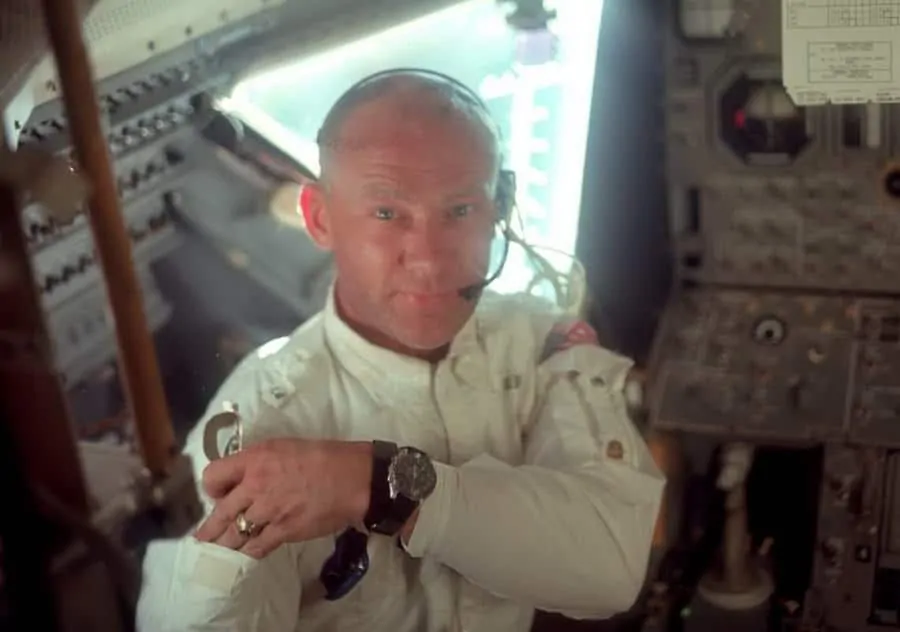
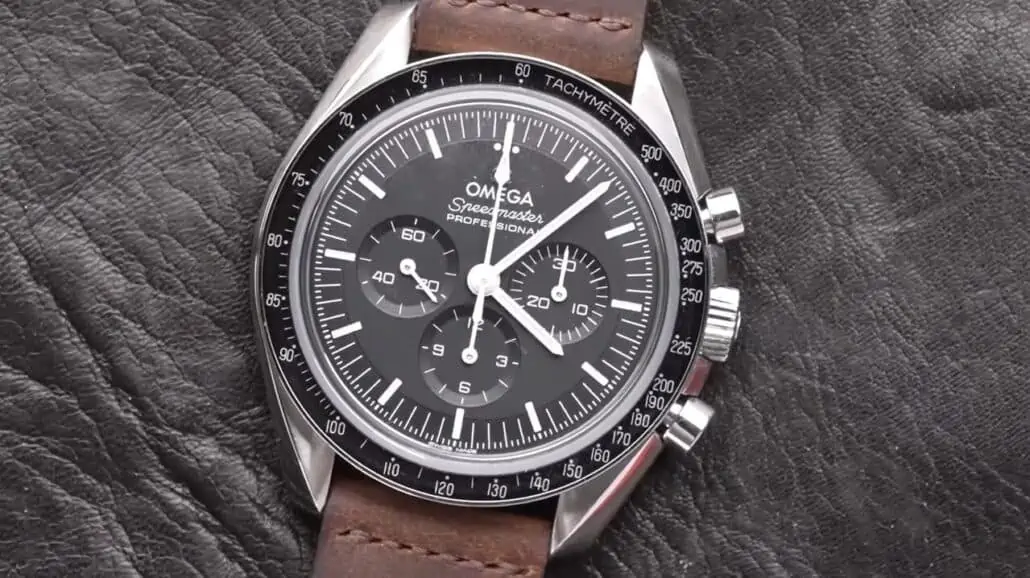
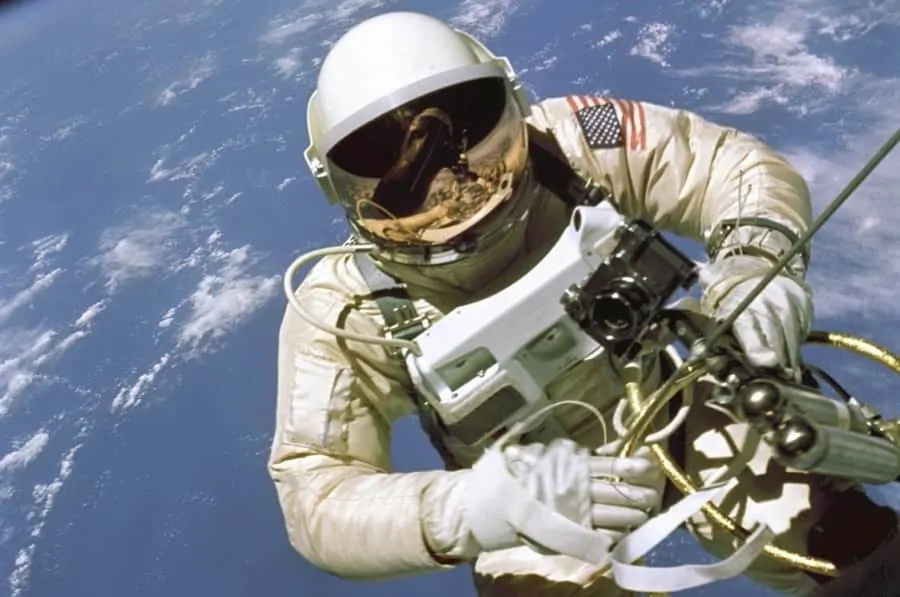
With the space race in full swing, each NASA test pilot and astronaut would be required to wear a chronograph on their wrist – an order from renowned watch collector, President Eisenhower. Walter “Wally” Schirra followed this instruction gladly by donning a chronograph in the 1962 Mercury-Atlas 8 mission. The watch of choice was an Omega Speedmaster.
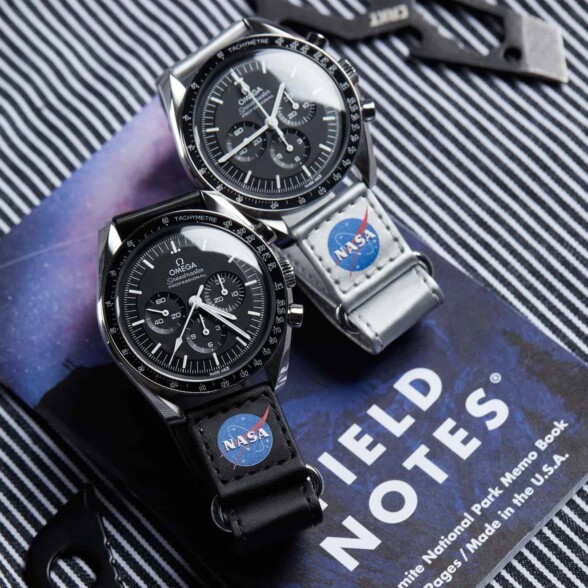
Close Competition
Although many other watches were submitted for consideration, including the Rolex Daytona Cosmograph, it’s the Speedmaster that became NASA’s official timekeeping choice on June 1st, 1965. This makes Omega one of NASA’s longest-running suppliers!
Originally designed as a motor racing watch, the Omega Speedmaster consistently impressed against some pretty rigorous tests. It survived temperatures from 0 to 200 degrees Fahrenheit, stringent pressure tests, and seal security examinations – especially tricky when you take several external components such as the top pusher, crown, and bottom pusher.
Apollo 13: Trouble in the Sky
On April 15, 1970, just 56 minutes after launching and 200,000 miles from Earth, an explosion occurred aboard Apollo 13 crippling the shuttle and resulting in what NASA believed was going to be the certain death and loss of Apollo 13’s three astronauts and the capsule they were flying blind in. As the world watched and waited helplessly gripping the edge of their seats, two days later, on April 17, 1970, the astronauts returned safely to Earth, thanks to the Omega Speedmaster.
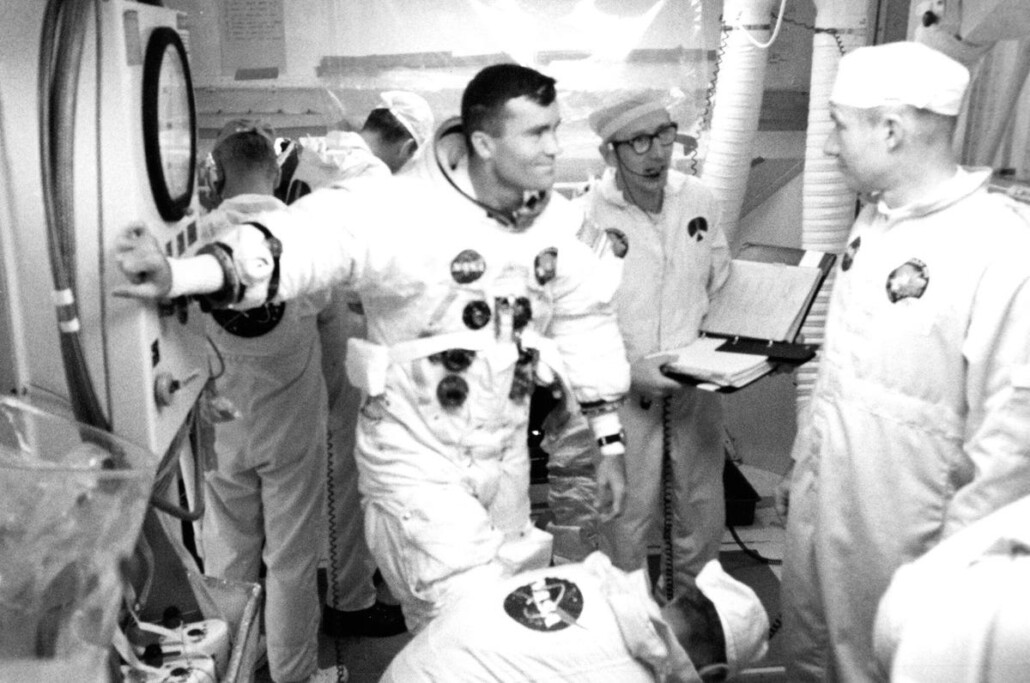
The astronauts were able to use the chronograph function to time a critical engine burn despite all onboard computers failing. Able to recalculate their reentry to earth, they successfully aligned the capsule which resulted in a safe splashdown. An analog piece of engineering had saved the lives of the crew when no technologically advanced supercomputer could, cementing the purpose of a good old-fashioned mechanical watch in an increasingly digital world.
Chronograph FAQs
What are the 3 dials on a chronograph watch?
Most chronograph watches have three sub-dial registers that serve the same purpose but may record different units of time. Typically speaking, they’ll record the elapsed time in hours, minutes, and seconds, but some chronographs may include dials that record time in smaller units for a more accurate readout.
How do you read a chronograph watch?
Reading a chronograph watch can seem daunting at first, but once you know what you’re looking at, it’s easy. The simplest way to read a chronograph is the standard time feature, just like any other analog watch. If you want to see how long something has taken, start the chronograph function at the beginning of the event, and stop it at the end of the event to get a breakdown of minutes, hours, and seconds on the sub-dial registers. And the tachymeter is used if you want to measure time in relation to distance.
When should you wear a chronograph watch?
Chronograph watches tend to look best in more relaxed scenarios, due to their sporty heritage. This makes them a great contender for your more casual ensembles, and dressy chronographs can look very nice as part of a business casual outfit. If you want to add a timepiece to more formal attire, like morning wear, black tie, or white tie ensembles, skip the chronograph and go for a more traditional dress watch.
Does a chronograph watch need a battery?
If you have a quartz-powered chronograph, then yes – it’ll need a battery! There is a lot to be said for the technical skill behind making a mechanical chronograph powered by a manual or automatic winding mechanism, but a quartz-powered timepiece typically makes a watch more affordable.
What is the point of a chronograph watch?
Chronograph watches exist in order to accurately track incremental units of time. This makes chronograph watches especially useful for sporting purposes, like motor and horse racing.
What is the difference between chronograph watches and other watches?
Chronograph watches have been specifically developed to record time in varying units, like a stopwatch. While other watches will typically focus on telling you the time accurately, a chronograph watch can do this while also recording how long an event takes, such as a race.
What to Look for in a Chronograph
There are a number of things worth considering when acquiring a chronograph watch. The most important thing you need to consider is how you plan to use it: will you be getting more or less use out of the stopwatch function? Do you need other complications, such as a date window? Are you looking for a dressier chronograph? Figuring out these things will result in a chronograph choice that’s right for you.
Chronograph Features
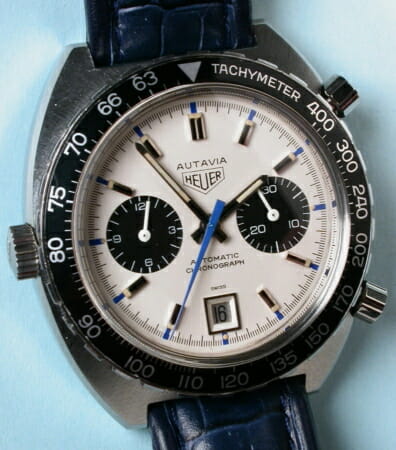
Tachymeter Scale
Whether you choose a chronograph with the tachymeter scale displayed on the dial or on the bezel, it’s a characteristic feature for serious chronograph watches.
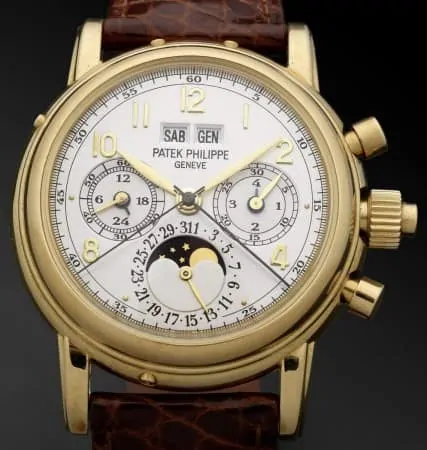
Sub Dials
Most chronographs will feature two or three sub dials that record the elapsed time in greater detail than you’d see with the the seconds or minute hands, and especially the hour hands which are too large of a unit when timing exact events.
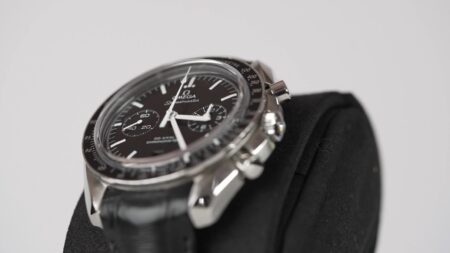
Pushers
The buttons that start the chronograph as a timer are usually referred to as the pushers, specifically the top pusher and bottom pusher, as they typically sit above and below the watch crown. The sub dials will sit in their normal position until you activate these press buttons to start timing.
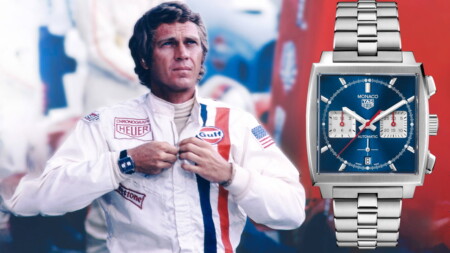
Sporty Style
Without a doubt, the chronograph is a far more casual type of watch. Although you can change the strap or bracelet to make the watch a little more smarter or casual, it’s still intended as a functional timepiece first and foremost. Some chronographs can be especially elegant meaning you can wear them with a business casual outfit, but they are still too relaxed for a formal black or white tie ensemble.
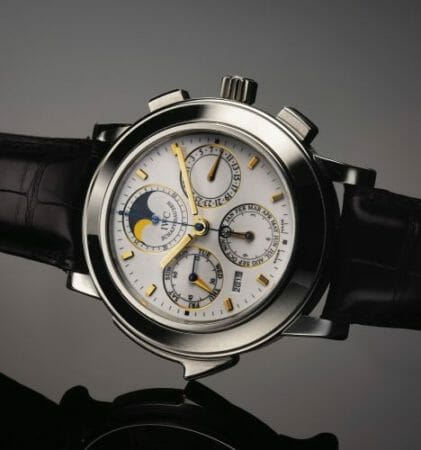
Additional Complications
Chronograph watches can also feature additional complications. These may include a GMT function for tracking different time zones, or maybe even a moon phase complication for recording the current lunar position. The most common additional function on a chronograph is a date complication.
Best Chronographs for ALL Budgets
Being highly popular for its look and functionality, the chronograph has been built into watches time and time again. Whether you’re looking to spend $100 or $100,000, these three watches are sure to be a wise investment that you’ll receive many years of enjoyment from wearing.
Top Budget Chronograph Under $100: Timex Southview Multifunction
The Timex Southview Multifunction Watch is as classic as Timex gets. If you enjoy the preppy styling of the Weekender models, the Southview Multifunction is an excellent choice for you.
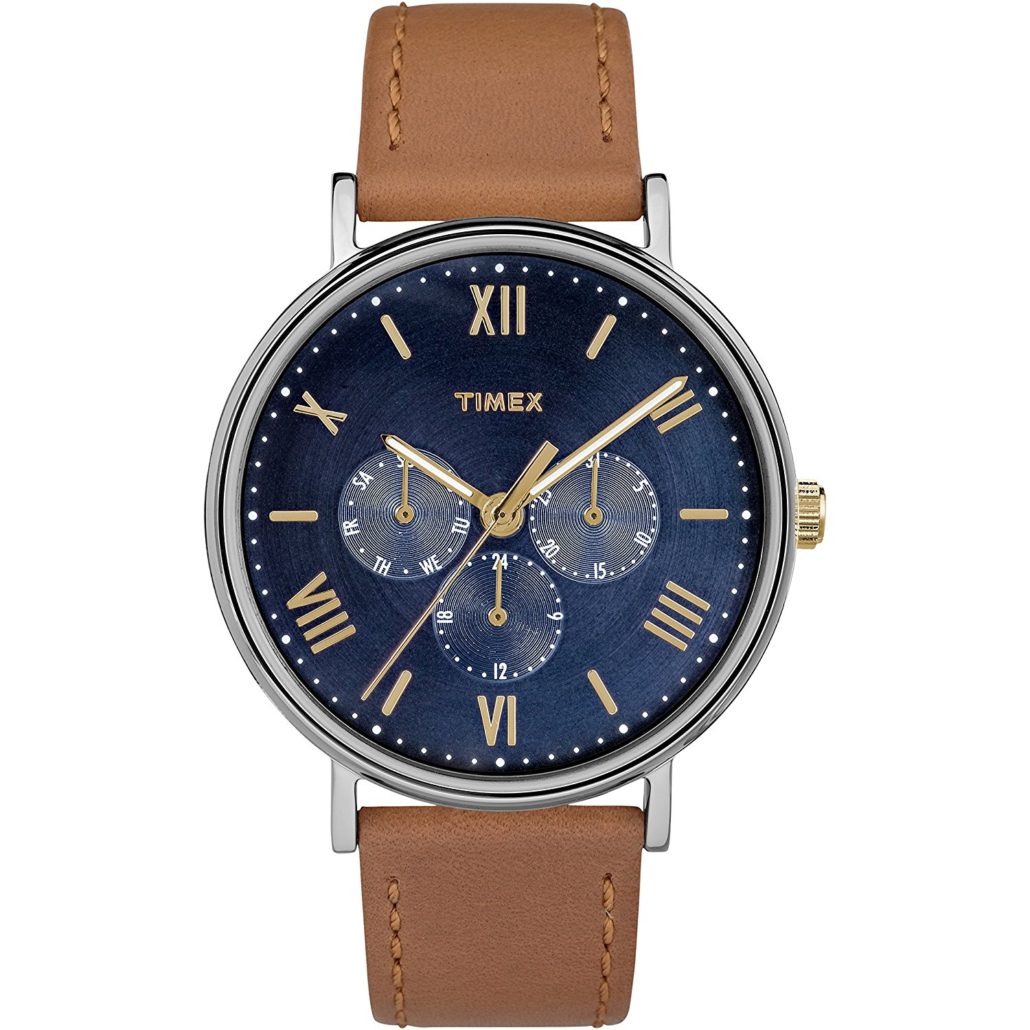
Most certainly a modestly priced, attractive, and accurate quartz sports watch, this particular timepiece is sure to look good on your wrist. Found for less than $100, it comes in a variety of styles and is slim enough to pass the cuff test when wearing a suit or blazer. Take a look on Amazon to see which option suits you best.
Top Heritage Chronograph Under $6,000: Omega Speedmaster Professional Moon Watch
Originally built for automobile racing, no one expected that the Omega Speedmaster Professional Moon Watch would someday save the lives of Astronauts when their onboard computers malfunctioned. Due to its lineage and the story behind this timepiece, the Omega Speedmaster is one of the world’s favorite chronographs today.
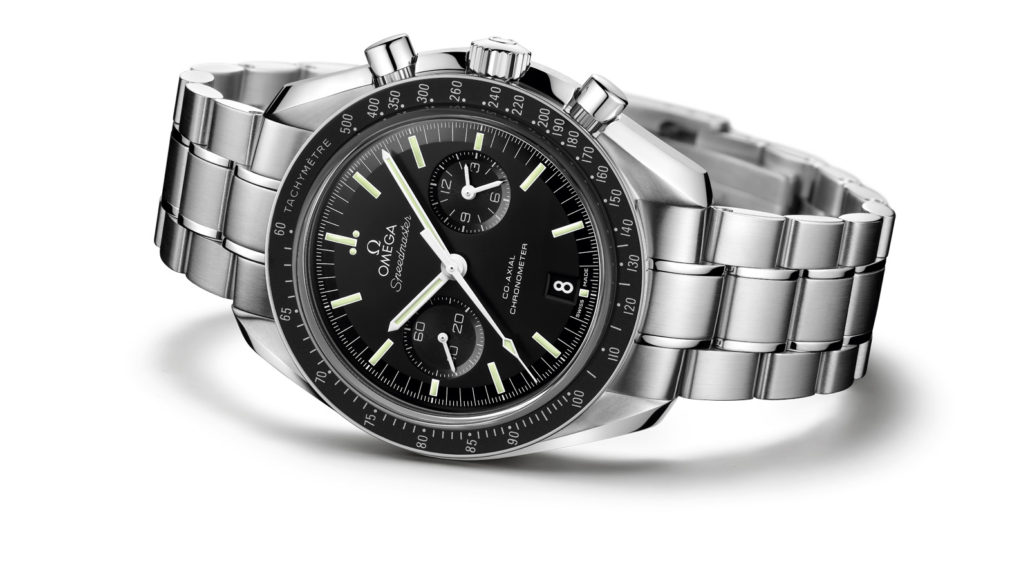
It uses the Omega 1861 movement with a standard 48-hour power reserve. At 42mm, it’s not exactly a dress watch, but it does come with a black leather strap in a crocodile pattern. It also has an accompanying NATO strap and a velcro strap to let you change up the look. If having a story behind your watch is important to you, this is one timepiece that will start conversations wherever life takes you.
Top Chronograph Pick Over $5,000: Vacheron Constantin Traditionnelle Chronograph
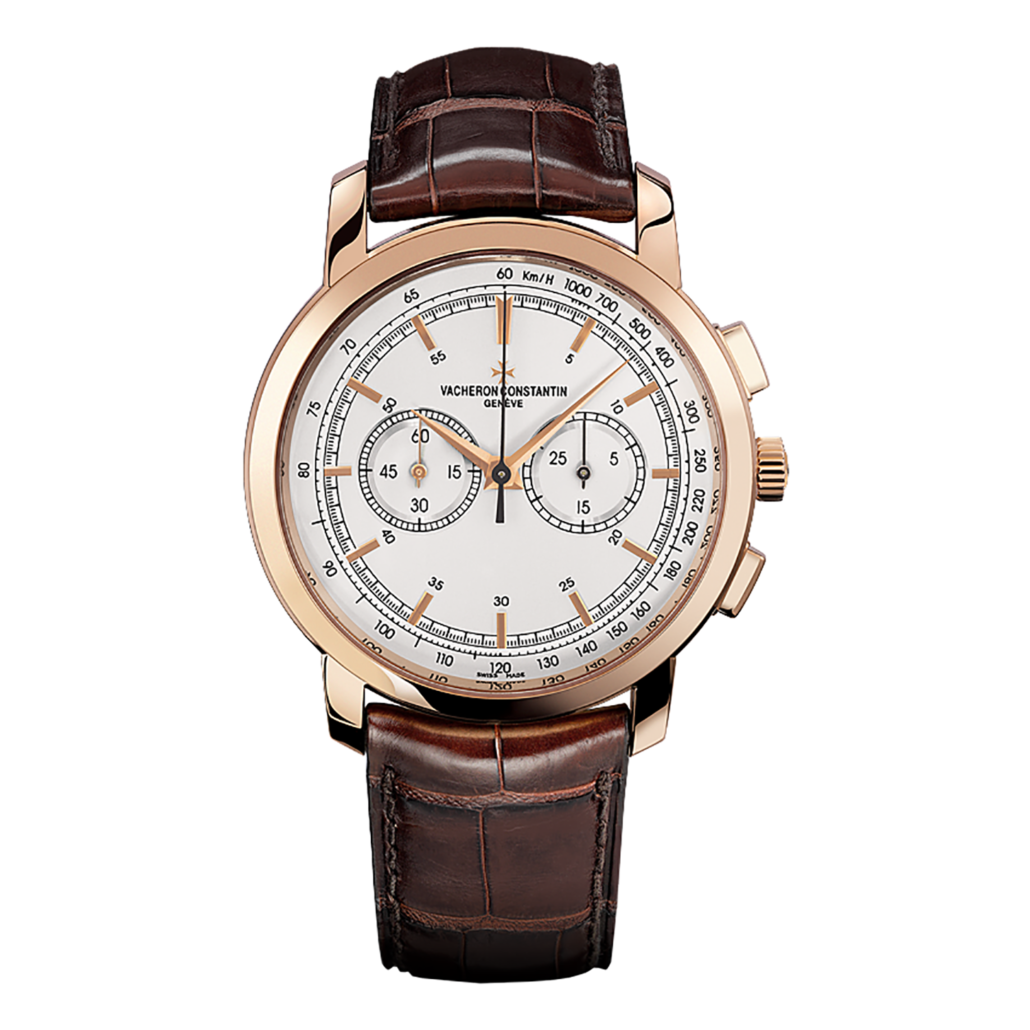
Vacheron Constantin has long been revered as a member of the holy trinity of watchmakers including Patek Philippe and Audemars Piguet, and this timepiece indeed confirms why. Priced at around $55,000, this collector’s piece is one for serious horologists seeking a timepiece that’s the perfect blend of functionality and artistry.
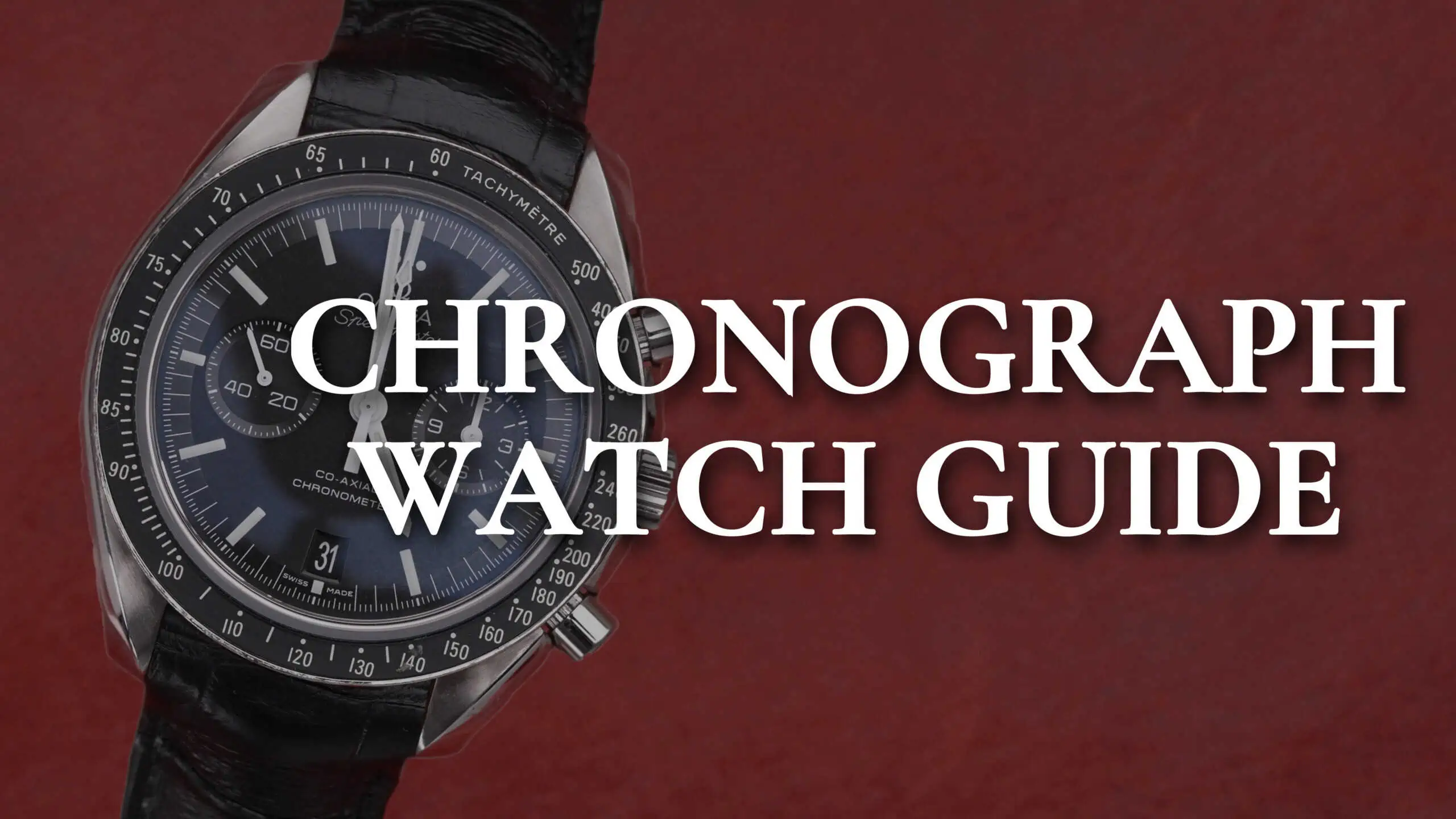
I own an Omega Speedmaster. I’ve had it since high school. It was my graduation present from my Mother. I always get compliments on it. I wear it for both business or casual occasions.
Hoookay
I own a Sinn Chronograph. One of the few manufactures producing Financial District Watches. A German production with very good Swiss drives. (http://www.sinn.de/en/Sinn-Spezialuhren.htm)
Most entertaining. My grail chronograph is the Patek Philippe 2499 (with perpetual calendar). And yes, I also own and love the Omega Speedmaster Professional; this kind of proven track record and history can simply not be bought for any price point
Hi! I love your blog! I am an original “preppy”!
Because I was “not asked back” to every single private school in Pasadena (maybe there were some off my mother’s radar screen); I was sent from California to Northampton, Mass. “Mary Burnham School for Girls”
I always loved watches. (I am a decorator…..it is an aesthetic thing)!!
In 1978 I bought a watch for my new husband ; it is a Rolex ….I guess it is not a “chronograph” it is a “Daytona”
I guess it was for watching or timing auto races. I just loved how it looked! Stainless steel; with a black face and three small circular things on the face!
It was $300.00!
We were in Nantucket (we live in Santa Barbara, California) around 8 years ago…..and were walking around in and out of shops! A man in a jewelry store said to my husband……”Sir! Excuse me; but is that watch sentimental to you?” (brilliant and sensitive question! )
My husband said; “well , yes”!! The jeweler went on to offer him 30,000 dollars! for the watch I picked out because I “loved the look of it”!
He still has it! I pat myself on the back daily! (just kidding)!!!
Fascinating……isn’t it?
His other watches are a lovely pink gold Patek from his Grandfather; another Patek from his uncle……(and I gave him a Patek “Mariner” that the band failed….stretched out…..and they wanted $10,000 to replace the band…….are you kidding?…..I would never buy another new Patek!!
That is sad!
Penelope
Love your blog!
oh p.s
He still has the Patek Mariner……(I think that is it’s name……it now sports a leather band!
Gorgeous! It is the large size they only made for a few years!
Watch investors! Hire me! Just kidding!
Pretty lucky!!!
Dear Penelope,
Thanks for sharing this fascinating story, it seems like you have the right intuition.
Penelope, you are a hoot. Thanks for sharing.
The explanation of “graph” is a bit forced.
What about the graph in telegraph, phonograph, and photograph?
It’s about time that this was cleared up.
Very interesting and useful article, Sven. My daily driver is a Seiko chronograph with the quartz 7T82 movement. I need a chronograph in my work, and this watch is extremely durable and accurate. I need a luminous dial, and Seiko’s Lumibrite is one of the two best non- Tritium illuminators available. The black face and white hands and markers make it very easy to read at a quick glance. At $250 I find this watch an excellent buy.
Your article should be bookmarked by readers who may need a good chronograph!
If quartz is ok – then the Orient Monterey must be added…
Seiko made a superb and durable chronograph, the 7T62. I believe it’s now out of production, but a good watch shop should be able to locate one. 38mm, quartz, and Seiko’s unbeatable lume. If one’s sensitivities are not upset by a non-automatic and the Seiko name, this is an excellent watch.
I own a Seiko chronograph with the 7T62 movement It is a 200 meter dive watch black face stainless bezel rubber bracelet. When I finished scuba diving 20 years ago, I threw it in a drawer and forgot about it. A year ago I . pulled it out got a new battery, had it seviced and bought a new bracelet. It keeps nearly perfect time. I have a 1944 gold Omega bumper, a 1973 speedy and a Cartier Santos, but this is my favorite watch. Seiko is a really amazing watch company.